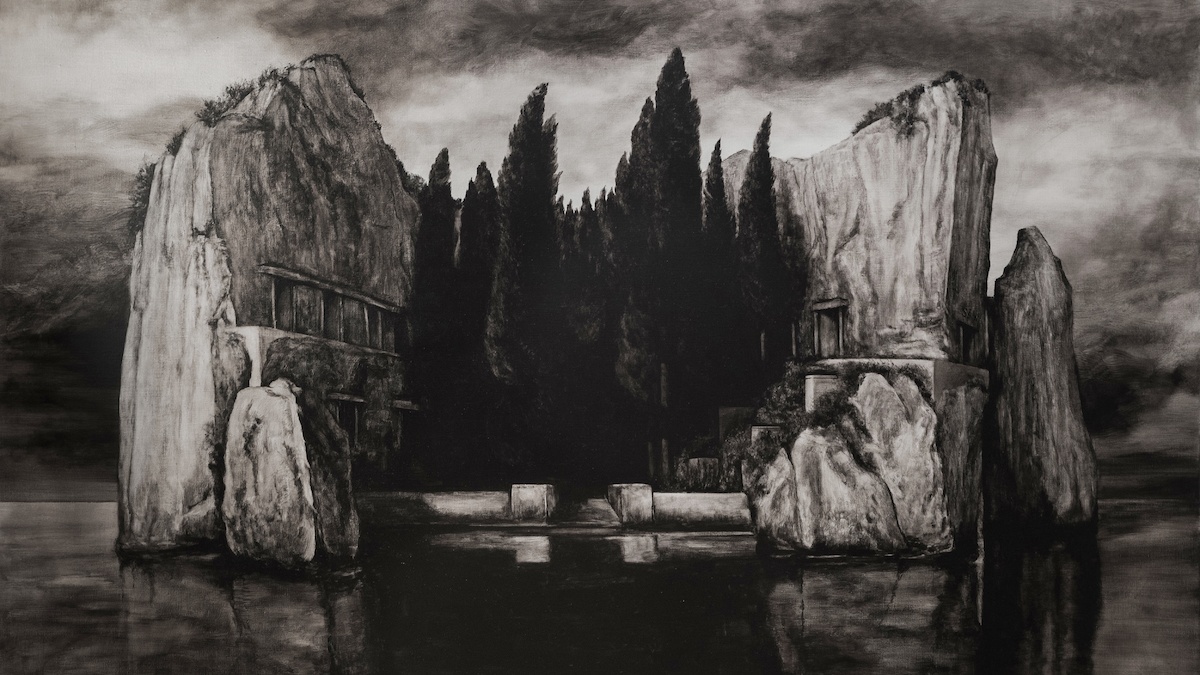Melodic Siblings: Mozart’s “Dove Sono” and the “Coronation Mass”
It’s one of Mozart’s most serenely beautiful melodies, evoking quiet dignity, nostalgia, and underlying sadness. “Dove sono i bei momenti” is sung by the Countess in Act III of Le nozze di Figaro (The Marriage of Figaro). Amid all of the craziness, scheming, and entanglements of this whirlwind “day of madness,” she pauses to lament her circumstances—loneliness, betrayal, and humiliation as a result of her husband’s serial infidelity. In the shifting stream of consciousness …







